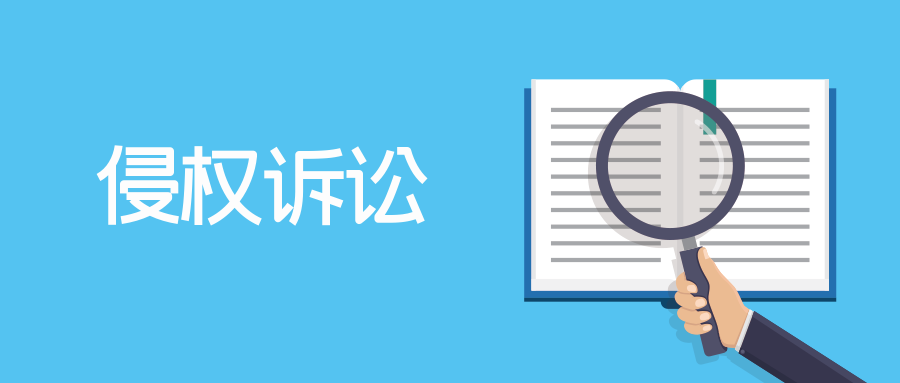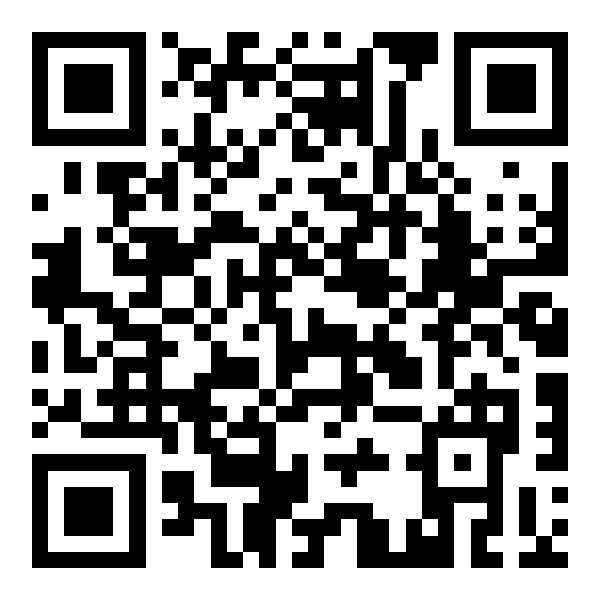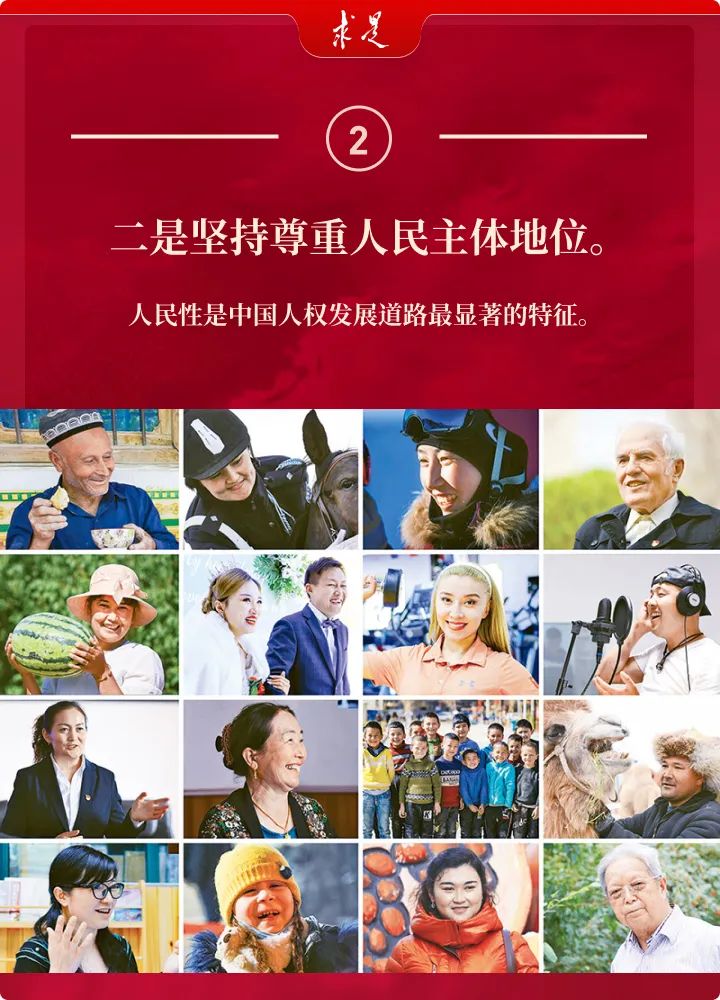Copyright Science 23 | Copyright infringement lawsuit
Author:Tianfu TV Time:2022.07.29
2022 Digital Copyright Trading Expo is about to come, Xiaobian will take you to understand copyright!
In the last issue, we learned about the types of copyright infringement. In this issue, let's take a look at the infringement lawsuit of copyright.

Copyright infringement lawsuits are divided into the following points:
Temporary ban before complaint
Copyright or right -related right holders have evidence to prove that others are implementing or will soon infringe their rights and hinders their right to realize their rights. Applying to the people's court to take measures to make certain behaviors or prohibit certain behaviors in accordance with the law.
According to the "Supreme People's Court on the Infrastructure of the Preservation of Intellectual Property Disputes in the Understanding of Interactive Cases", the temporary ban should meet the following conditions:
(1) Whether the applicant's request has a factual foundation and legal basis, including whether the validity of the intellectual property rights that request the protection of the request is stable;
(2) Do not take behavioral preservation measures will cause the applicant's legitimate rights and interests to be difficult to make up or cause damage to the case ruling;
(3) Whether the damage caused by behavioral preservation measures to the applicant is more than the damage caused by the behavior preservation measures to the respondent;
(4) Whether the behavioral preservation measures harmed the public interest of social;
(5) Other factors that should be considered (such as providing guarantees).
Previous property preservation and evidence preservation
Previous property preservation refers to the property of the court's property of the respondent's property based on the application of the interest person's application before filed a lawsuit to avoid the property used by the parties to perform the decision before the verdict. In order to stop the infringement, when the evidence may be lost or it is difficult to obtain in the future, the copyright owner or the right holder related to copyright may apply to the people's court before prosecution.
The people's court should make a ruling within 48 hours after accepting the pre -claim property or evidence preservation application, and the applicant can also ask the applicant to provide a guarantee. Within 30 days after taking preservation measures, if the applicant fails to sue, the people's court shall terminate the preservation measures.
Responsibility for proof
In addition to the special infringement situation, in accordance with the general evidence rules of civil lawsuits, the parties should provide evidence in a timely manner for their claims, that is, "who claims and who proof." However, the Copyright Law stipulates several special infringements, and transfer the proof liability of the behavior to the defendant: the publisher and producer of the replica cannot prove that they are published or produced with legitimate authorization. If the renter of the replicas of the work, computer software, and recording and video products cannot prove that their issuance or rental replica has a legal source, it shall bear legal responsibility. In the proceedings of the lawsuit, if the infringer claims that he does not bear the liability of infringement, it shall provide evidence to prove that the right holder has obtained the permission of the right holder, or the situation that can be used by the permission of the non -rights person.
Litigation timeliness and jurisdictional court
The lawsuit that infringement of copyright is three years, and the copyright owner knows or should know that rights are damaged and the obligations are calculated. If the right holder has been sued for more than three years, if the infringement continues when the prosecution is sued, during the period of the copyright protection period, the people's court shall judge the defendant to stop the infringement; Three years of calculations.
Copywriting civil disputes are under the jurisdiction of the people's court above the intermediate level. According to the actual situation of the area under its jurisdiction, various high -level people's courts may report to the Supreme People's Court for approval, and a number of cases of copyright civil disputes in the first trial of the first trial of the grassroots people's courts can be approved.
Determination of the amount of compensation
(1) Calculate according to actual loss or illegal income
If the right to infringe copyright or related to copyright, the infringer shall give compensation in accordance with the actual loss of the right holder or the illegal income of the infringer; if the actual loss of the right holder or the illegal income of the infringer, he may refer to the right to use the right to use Give compensation.
If the circumstances that deliberately infringe on copyright or related to copyright, the circumstances are serious, and can be compensated by more than double the amount of the amount in accordance with the above methods.
(2) Compensation according to the statutory amount
If the actual losses of the right holder, the illegal income of the infringer, and the use fee for the use of the rights are difficult to calculate, the people's court shall give compensation for 5 million yuan and more than 5 million yuan or less than 5 million yuan.
The amount of compensation shall also include the reasonable expenditure paid by the right holder to stop the infringement.
(3) Determine the proof of the compensation amount
In order to determine the amount of compensation, the people's court has fulfilled the responsibility for proof in the right holder, and the account books and materials related to infringement are mainly controlled by the infringer. If people do not provide it, or provide false account books, information, etc., the people's court can refer to the claims of the right holder and the evidence provided to determine the amount of compensation.
- END -
The Comprehensive Department of the State Drug Administration publicly solicited the "Administrative Measures for Cosmetics Sampling Inspection (Draft for Opinions)"

The Comprehensive Department of the State Drug Administration publicly solicited t...
"Six persistence", General Secretary Xi Jinping scientifically summarized the main characteristics of China's human rights development path

Planning: Study Studio Edit: Chen Yilin Zhang Shuhong